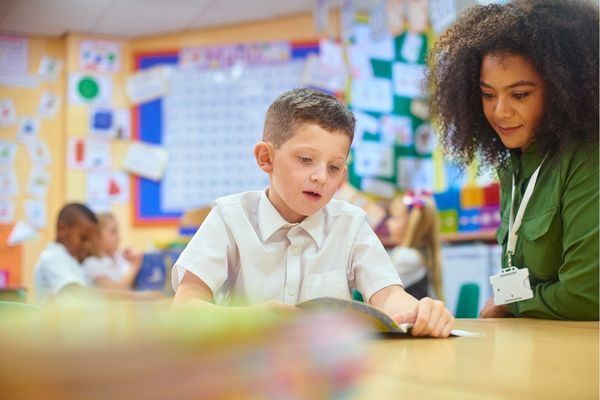When Schools Reopen
June 01, 2021
Can we create something better in terms of student support that sustains the desired changes of the past year when the new school year commences?
Last fall, education leaders were fielding guidance from the Centers for Disease Control, federal and state education departments, the White House, school boards, state and local health authorities and fellow grocery store shoppers on how to reopen schools safely. At no point did they align. At best, a handful of strategies seemed reasonable.
At that time, I remember speaking with our school district’s chief of staff about the complexities of mask-wearing. She turned to me and said, “Just make the best next decision. You’ll have a chance to make another one.”
That advice stuck. No decision regarding COVID-19 will be perfect.
This Content is Exclusive to Members
AASA Member? Login to Access the Full Resource
Not a Member? Join Now | Learn More About Membership
Social-Emotional Skills at the Core of Reopening
Social-emotional learning should take center stage as school staff set their sights on developing the whole child. The Collaborative for Academic and Social Emotional Learning, or CASEL, provides a framework for a standards-based approach for embedding SEL practices within classrooms.
Yet before schools launch into this work, school district departments that oversee student services should consider identifying core elements that are universal, contextually fit their community, can be identified by all observers and are coachable.
Here are four SEL competencies to consider as they show a strong effect size on student achievement.
Self-Efficacy
Psychologist Albert Bandura defines self-efficacy as an individual’s belief in his or her capacity to execute behaviors for particular performance attainments. Schools should look to incorporate student choice in demonstrating mastery, encourage and embrace failure, provide ongoing feedback as opposed to single grade marks, provide praise for effort not ability and identify ways project-based learning can be overlaid with traditional educational pedagogy.
Emotional Regulation
Becoming dysregulated is a daily occurrence for both the educator and student. However, the ability to return to a state of homeostasis quickly and at a high frequency allows students to absorb new concepts and apply learning when called upon. Districts should focus on teaching concrete skills such as breathing exercises and journaling, create lessons on emotional vocabulary, construct calming spaces for self-regulation and teach body awareness so students can consciously react to their environments.
Sense of Belonging
While the sense of belonging is an individual’s experience of an environment, educators can take steps to create schools and classrooms where all students feel welcome. Research shows us that if educators
can create classrooms free from conflict and negative concerns, with students able to experience consistency in expectations, a sense of belonging will follow.
Student-Teacher Relationships
Child development expert Denise Daniels and school psychologist Kathryn Perry suggest teachers use learner-centered practices — that is, practices showing sensitivity to individual differences among students, including students in decision making and acknowledging students’ developmental, personal and relational needs.
These practices can yield stronger student-teacher relationships, resulting in student cognitive engagement and higher motivation that ultimately produces better outcomes for students.
Advertisement
Advertisement
Advertisement
Advertisement



